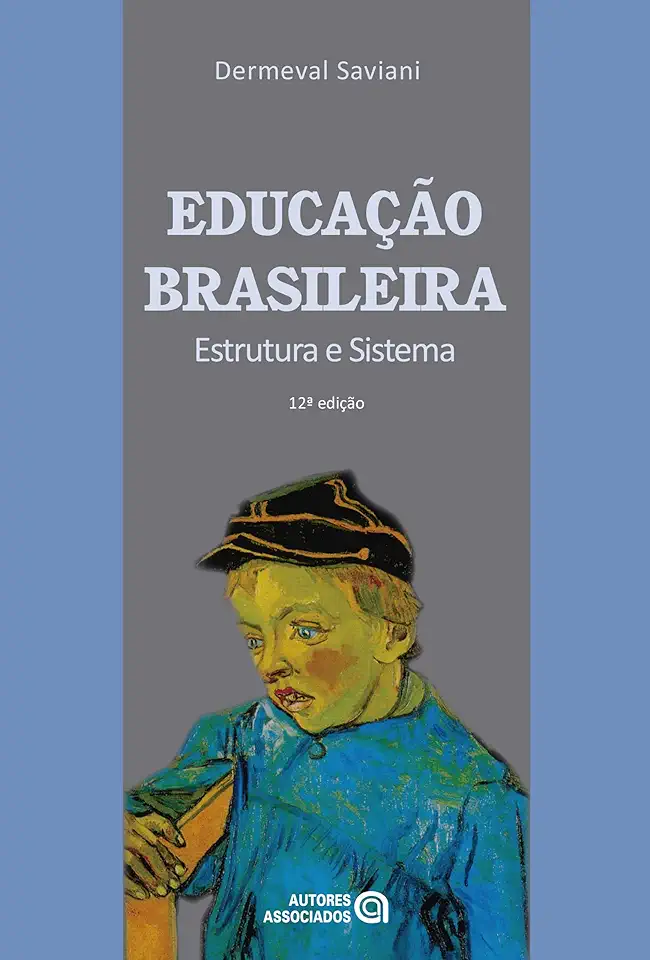
Brazilian Education - Structure and System - Dermeval Saviani
Brazilian Education: Structure and System
An Overview
Brazilian Education: Structure and System, by Dermeval Saviani, is a comprehensive and insightful analysis of the Brazilian education system. Saviani provides a detailed overview of the history, structure, and challenges of education in Brazil, offering a unique perspective on the country's educational landscape.
Historical Context
Saviani begins by examining the historical context of Brazilian education, tracing its roots back to the colonial period. He discusses the influence of European educational models, the role of the Catholic Church, and the impact of social and political changes on the development of education in Brazil.
Structure of the Brazilian Education System
Saviani then provides a detailed analysis of the structure of the Brazilian education system. He describes the different levels of education, from early childhood education to higher education, and discusses the various types of schools and institutions that exist in Brazil. He also examines the role of the government in education, the funding of education, and the challenges facing the system.
Challenges and Issues
Saviani identifies a number of challenges and issues facing the Brazilian education system. These include:
- Low levels of educational attainment: Despite improvements in recent years, Brazil still has a relatively low level of educational attainment, with a significant proportion of the population not completing secondary school.
- Inequality: There is a significant degree of inequality in the Brazilian education system, with students from wealthier families having access to better educational opportunities than those from poorer families.
- Lack of resources: Many schools in Brazil lack the resources they need to provide a quality education, including adequate funding, qualified teachers, and up-to-date facilities.
- Curriculum and assessment: The curriculum and assessment system in Brazil is often criticized for being too rigid and not meeting the needs of students.
Recommendations for Reform
Saviani concludes by offering a number of recommendations for reforming the Brazilian education system. These include:
- Increasing investment in education: Brazil needs to increase its investment in education in order to improve the quality of education and provide more opportunities for students.
- Reducing inequality: The government needs to take steps to reduce inequality in the education system, such as providing more funding for schools in poor areas and offering scholarships to students from low-income families.
- Improving the curriculum and assessment system: The curriculum and assessment system needs to be reformed to make it more flexible and responsive to the needs of students.
- Encouraging innovation: The government needs to encourage innovation in education, such as the use of new technologies and teaching methods.
Conclusion
Brazilian Education: Structure and System is a valuable resource for anyone interested in understanding the Brazilian education system. Saviani provides a comprehensive and insightful analysis of the history, structure, and challenges of education in Brazil, and offers a number of recommendations for reform. This book is essential reading for anyone interested in education policy, comparative education, or Brazilian studies.